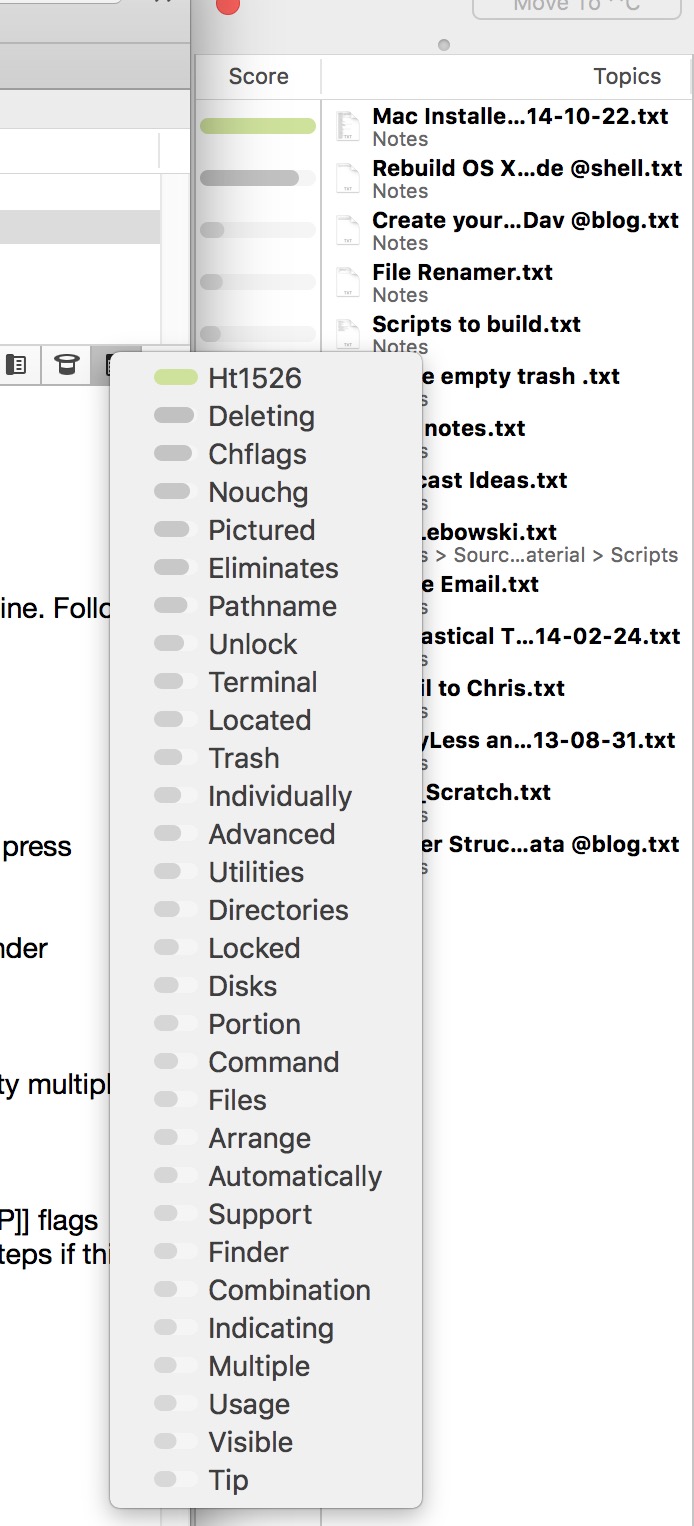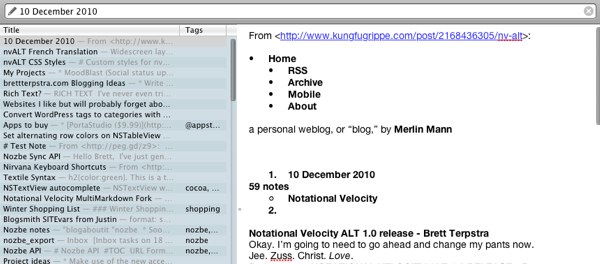

The two other posts described tagging and storing reference files and I need to clarify and update them. First, I found that the easiest, the quickest and the least disruptive way of tagging files is through DefaultFolderX. This system worked really well for me because it was easy to choose the name and the filing by Hazel has worked very smoothly. The first of my posts on reference files concerns the naming system which I still use: ‘ Author-Year-Title’ followed by “ (for “ academic”) used for automatic filing by Hazel.

Thus you have to find an easy automatic way to name, tag and save the file so that you can easily find it when needed. That’s one of the reason there is usually no project folder on your computer where the reference file can be conveniently stored. A typical example of a reference file is an article a colleague sends you by email … ‘for your reference’. It may be useful for some of your learning, teaching or writing projects now or in the future but you typically don’t know which ones. To use MacPowerUsers‘ terms, ‘gathering’ of these files in neat hierarchical folders is not an option, the only viable strategy in the modern jungle of academic information is ‘hunting’ for the relevant content when you need it. This entry updates three posts on organizing reference files written about six months ago. Academics deal with thousands of reference files (text documents, data sheets, images), which are sent by email, downloaded from the Internet, or obtained in other ways. fantastic (not) when you're trying to drive up those long hills on the Hume and its all fogged in at the Federal - CBR-SYD. ie limited to max 60kph and all electrical feeds to the turbo were isolated so that I had no turbo either. I had a fractured loom in the door connector and it punted me into drive safe home mode one day on the hume. eg busted harnesses in doors can trigger a whole string of bizarre errors in mercedes. He's lucky he doesn't have a later vehicle as the onboard computer scenario invariably means going to a dealer or smart sparky to isolate. bad earthing can cause a myriad of problems, and in later model vehicles can do enough to screw up onboard computers and give completely unrelated errors. If juice gets through on these then its the original delivery chain, ie start at switch, look at fuse, look at wiring, look at connecting sub harness etc. direct battery test means eliminating power in leads, ballast internals, power out, spotties dead shorting (unlikely, esp if they're running dedicated power and earth), and then finally the bulbs If it fails to fire up at direct connect then it then is a test against power going into and then out of the ballast. if not he'd have one going and the other could be tested against the known "safe" side.Ĭlick to expand.which is why you do a back to basics to see if it all fires up when clean - ie its an unimpeachable test path.

So its something thats common to 2 x ballasts as both sides failed together. Its not cable length as they worked before He hasn't had a flickering ballast condition and that would appear to write off both ballasts suddenly failing (unless somehow they both spiked from a compromised feed/short) eg does he have a separate harness going to the ballasts? that would seem to indicate that its everything that connects to the HID harness. Just to add, he's had a catastrophic change to both at once, that would start to indicate that there is a common source. Sometimes when people think they've done every test they've left out the obvious because they've assumed they did it the chances of both supplied ballast power feeds failing at the same time would be awfully coincidental unless there's a short in the delivery chain that trips and kills those (and both) feeds going into the ballast - hence the direct battery test. If no ballasts are working its either the ballast or the power feeds (Supplied with the HIDS) going into the ballasts. If one ballast works then its either the other ballast or the light feed coming off the ballast If he's testing the HID chain then he either direct connects to the battery (a known safe as everything else works) or he connects direct to the Hi side of his H4's (which I assume are working as there are no complaints about normal Hi-Lo operation)Įither way he tests the chain against known safe working parts of the delivery chain.


 0 kommentar(er)
0 kommentar(er)
